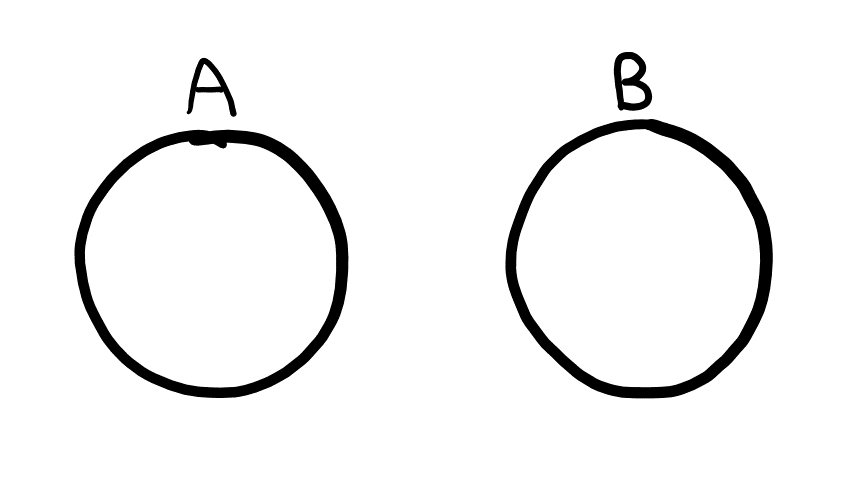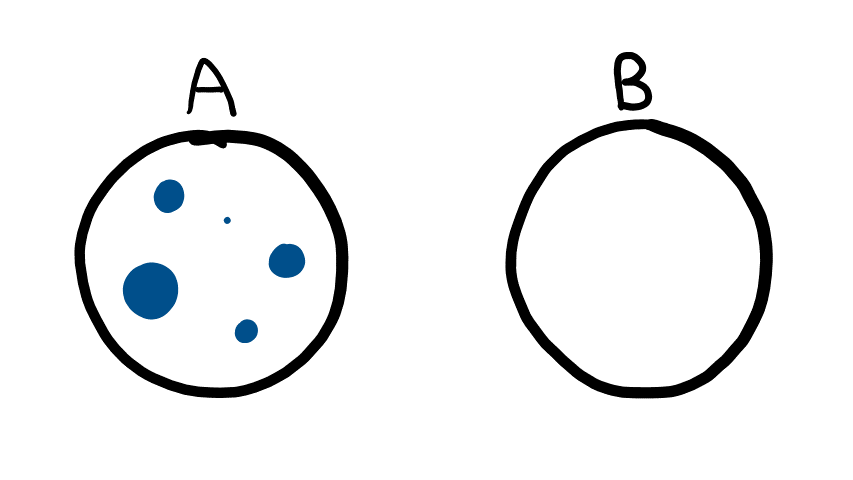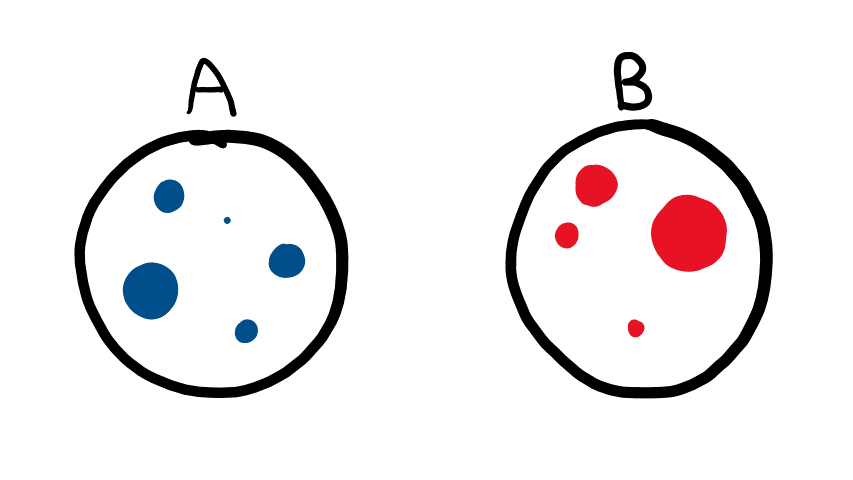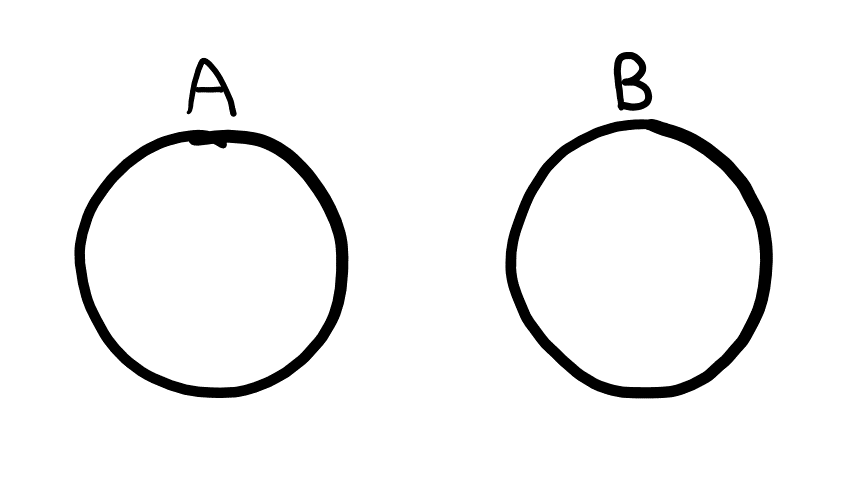I used to envy the people who could effortlessly glide from one task to another, while seemingly being able to give their 100% to each of these multiple things they were juggling. That looked like a superpower, one that I did not posses.
I have always been someone who likes to finish a task before moving on to the next. Especially, for the ones that require deep focus, thinking and (most importantly) creativity.

But that’s not always how things work in the real world. Those dopamine inducing slack notifications, a quick zoom call from a colleague, an email that requires “urgent” attention.. one too many distractions that you can’t get away from!
Dividing my time between different things was proving to be a challenge and my imagination was getting stifled. I thought that in order to get those creative juices flowing again, I needed to both – get better at dealing with distractions and improve my ability to multitask.
The internet was filled with articles on how to deal with distractions. The most common recommendation? Time blocking!
Blocking time on your calendar for deep focused work is a tried and tested idea, and helps to an extent. But that still won’t stop people from getting to you. Emails will still get delivered in your inbox and you’ll still keep seeing red notification bubbles on every collaboration tool. Also, time blocking was a recommendation for dealing with distractions and I soon realized that this wasn’t really the issue I should be solving for. Distractions were just the trigger, not the underlying cause for my creative block.
I had also always considered myself pretty good at handling multiple things in tandem and that’s when I realized that multitasking wasn’t the problem either. I was good at that.
The problem was that these distractions were forcing me to switch context.
Multitasking and context switching weren’t one and the same thing.
Multitasking was keeping me in circle A, my comfort zone

Context switching was forcing me to move to circle B, the not-so-comfort zone

It was this context switching that was affecting my creativity. I was finding it difficult to think deeply on a new topic before fully dealing with the one at hand.
I had always thought that peak creativity happens when you have ample time, zero distractions and a clutter free head. I had always thought of creativity as this unorganized chaos that you shouldn’t put a structure around. Creativity was about putting all your energy into one thing and allowing the ideas to flow.
In a utopian world, I would have all these luxuries.
But reality warranted a different strategy. I had to somehow organize my creativity.
The first step was unlearning the very thing which had helped me think creatively all these years – I needed to stop thinking too deeply.
Structuring my thoughts was key moving forward. Similar to how a book has an index of chapters, I knew every creative thought I had should be a line item in a long index. The actual story could wait.

This helped!
For every project now, I make it a point to create titles for every rabbit hole I want to dive into, followed by a short blurb about what I’m thinking and how I’d like to approach it. Once I have this structure in place, only then do I start exploring each of these topics separately.
Earlier, the biggest concern I had with moving from one project to another was that I knew I would end up forgetting something or the other. Yes, there are still instances where in if I’m working on task B, I remember something related to task A. But now this new Aha moment makes its way into the index I had created for task A and I don’t need to deviate away from what I was doing with task B.
Over these past few months, this new approach has not only helped me in working through multiple contextually different things simultaneously, but has also ensured that this new found productivity hack is not at the expense of creativity.